At Smartick we are committed to incorporating manipulative materials into our learning method. Although virtual environments have some natural limitations when it comes to ”manipulating” the materials themselves, we have been able to adapt them to our method to maximize learning for the underlying concepts. You can find more information about the topic in this post about digital manipulative materials in Smartick.
One of the manipulative materials that have made their way into most math classrooms is unifix cubes. In this entry, we are going to focus on how the new activities within Smartick use them. These are exercises modeling problems using either addition or subtraction, and the cubes are a pictorial representation of the objects mentioned in the problem.
These exercises have been designed to be done in steps which we will break down.
Modeling Problems with Cubes in Smartick
In these exercises, the first thing to do is represent the number of cubes indicated. This representation is much more direct than with Singapore bars since the objects represented have a one to one correspondence with the cubes representing them.
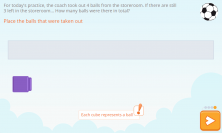
We are conscious of the fact that sometimes we can get confused while counting. This unexpected mistake can be pretty frustrating when you need to start over again from zero, which is why we have included some functionality that helps find the information needed in the event of a mistake.
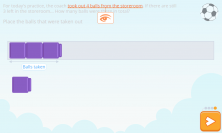
Similarly, the second step asks us to do the same with the other information in the problem.
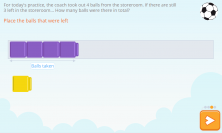
Once we have the relevant information from the problem represented with cubes, we must find an appropriate solution. Notice that modeling in these cases is not only being used to solve the problem. On its own it has value by introducing the idea of addition as a combination of parts making a whole.
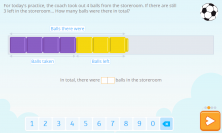
Precisely because of what was mentioned before, the activity ends with a question that has a greater conceptual load.
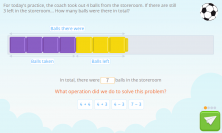
It should be noted that modeling is a type of ”argument” to justify the solution found. Of course, any self-respecting mathematician knows that math is based on justification and proof, not just problem-solving.
Have you seen how important these activities are to practice modeling math problems with cubes? If you would like to practice more activities like this, as well as others, join the Smartick community and try it for free!
Learn More:
- What is Dyscalculia and How Can It Be Treated
- Mathematical Problems and Their Semantic Categories
- Digital Manipulative Materials Used by the Smartick Method
- 5 Math Activities for Preschoolers with Examples
- Classification: First Steps towards Logical-Mathematical Thinking







